WASHINGTON — The Utah Legislature unveiled five map proposals to alter the state’s congressional boundaries before next year’s midterm elections, giving Democrats a rare opportunity to chip away at Republicans’ stronghold in the Beehive State.
The maps were released over the weekend to be considered by the state’s redistricting commission, which is scheduled to hold its first meeting on Monday. Lawmakers have until Thursday to advance their final proposal, and the Legislature will vote on the lines during a special session in early October.
At least four of the five proposed maps could rearrange congressional districts enough to create a Democratic-leaning seat in the U.S. House of Representatives, creating a competitive race in Utah for the first time in years.
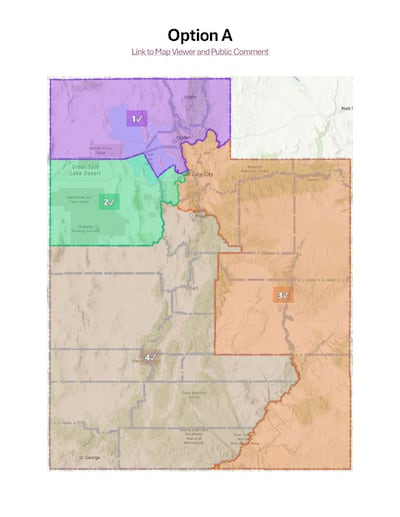
Each of the five proposals suggests splitting Salt Lake City in different ways, which could determine how much of an advantage Democrats would have in the new political landscape. Salt Lake City is considered a blue dot in an otherwise red state, so depending on how much of it is allocated to any one district, it could be enough to give Democrats an edge.
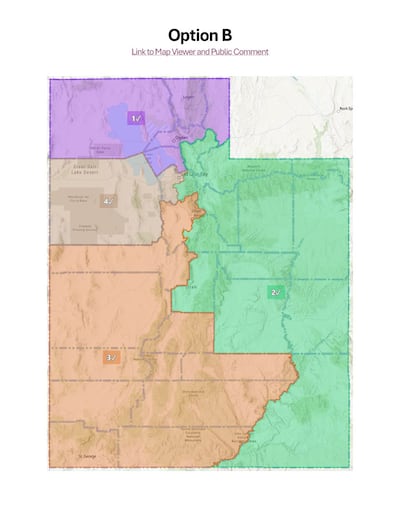
The state redistricting commission was established last week to include 10 state lawmakers — eight Republicans, two Democrats — and will meet throughout this week to finalize a proposal before the Oct. 6 special session. The public will have a 10-day period to weigh in on the map beginning Thursday.
Meanwhile, state lawmakers introduced a bill that will also be considered during the special session that would establish a new “statistical method” to evaluate whether future redistricting plans comply with state law — essentially creating a new partisan bias test to replace Proposition 4, a citizen-led initiative at the center of this legal battle.
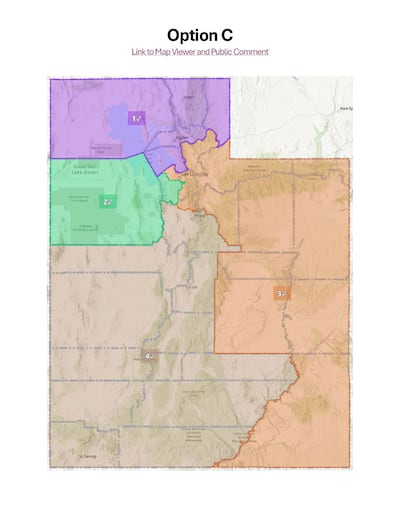
Part of that new law would require any proposed map to be “contextualized through a quantile analysis,” meaning the boundaries can be compared to hundreds of computer-generated, nonpartisan maps for review.
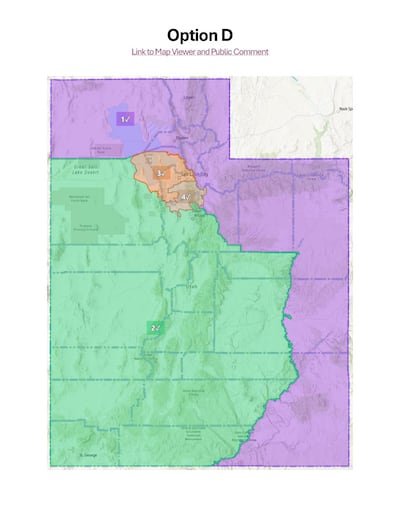
The changes in Utah are capturing the attention of national groups such as the Democratic Congressional Campaign Committee, House Democrats’ main fundraising arm, and the Democratic National Committee — with both groups telling the Deseret News they are keeping a close eye on the final outcome.
Democrats only need to net three seats in the 2026 midterm elections to wrest control of the House. The party also has historical precedence on its side as trends show that the party of the sitting president typically loses control of the House during midterm elections.
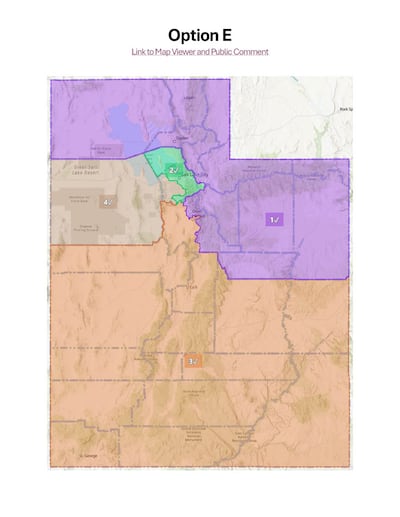
The four-member House delegation from Utah has not responded publicly to 3rd District Judge Dianna Gibson’s ruling last month that the state illegally gerrymandered its current districts and must change them before the next election. But in conversations with the Deseret News, the lawmakers have indicated they’re taking a “watch and see” approach before weighing in on proposed changes.

